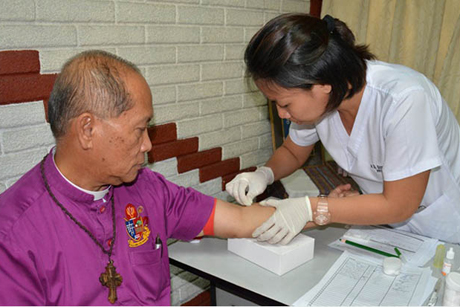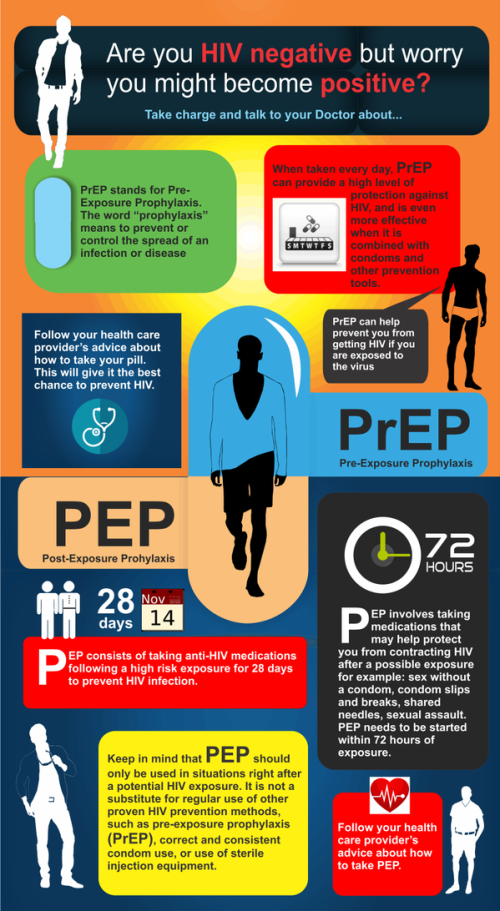
Image © 2014 TJRFoto
Protect yourself while having sex, it’s our number one message and it’s primarily directed around having safer sex in terms of HIV and other sexually transmitted infections.
This time, we’re talking about your physical safety. When you’re meeting someone new while you’re at Leicester Pride or using an app then going home afterwards. With Leicester Pride coming up on Saturday it’s a good opportunity to meet new people, maybe even ‘The One’ and update yourself on some common sense advice for meeting people for the first time, maybe even share this with a friend if you think they’ll benefit from this.
This isn’t the normal yada yada, it’s an unfortunate fact that gay people are attacked, mugged or worse, sometimes on the promise of meeting someone for sex. I’m lucky, it’s never happened to me before but last year, a friend of mine was beaten up and was robbed in his own house, just for meeting someone online! There are people who exploit online dating apps and I’m sorry but in 2016, homophobia still exists. Here are just a few UK headlines from this month alone..
- Gay man’s ear BITTEN off in horrific homophobic attack
- Bisexual schoolboy, 15, left bloodied and battered after three masked thugs launch ‘homophobic attack’
- 21-year-old student charged with ‘homophobic’ attack Brighton
A lot of people use apps to look for sex and many find it. We know it’s exciting to meet strangers too for those evenings of passion which you remember for days on end but you must ensure you are safe with new people you have only just met. It would be irrational to say don’t do it at all so here’s a pointers on how to stay safe while hooking up online..
LET A FRIEND KNOW WHAT’S GOING ON
If you’re one the lucky ones (the type of person who can hook-up within a few minutes of logging on), the chances are that you’ve probably got a friend that is equally as friendly as you are. So, put that friendship to use! Take a screenshot of your next meet’s face pic then text it along with the address to your pal with a note that you’ll text them as soon as you’re done so they know you’re safe. The bonus is that you’ll have a record of all your online meets, someone to talk to them about and a printable face pic to put on a dartboard in case they end up being a time waster. It’s a win-win situation.
TRUST YOUR GUT
You know that feeling when something isn’t right, when you know that everything isn’t as it should be and you’re second guessing yourself, trust it! Most of us have experienced the sense of knowing things before we know them, even if we can’t explain how. Theories suggest you can “feel” approaching events specifically because of your dopamine neurons. “The jitters of dopamine help keep track of reality, alerting us to those subtle patterns that we can’t consciously detect,” explains Jonah Lehrer, author of the book: How We Decide.
So when chatting to someone, at Pride, on apps or otherwise for the first time, your instincts can tell you whether or not there’s a “creep factor” that you can’t shake off. If you get even a hint that there is something not right about the situation, don’t go, find someone else, the internet is an ocean with plenty of fish, stay away from the sharks!
KNOW HOW TO PROTECT YOURSELF
Everyone should know how to escape danger and how to protect themselves. If you’re a small frame, and into the big muscle type then you’ve got to be aware that you’re at a physical disadvantage going into the situation. At the very least you should know how to escape a bad situation. A few self-defence lessons from a martial arts centre could make all the difference if you’re ever confronted in the future or worse, attacked by someone in your own home who you’ve just met online.
If you’re not interested in signing up to a centre, use YouTube instead. Search for ‘how to protect yourself in a fight’ or ‘self-defence techniques’ and explore what’s there.
If you’re more serious about this, here’s a link to explore some Martial Art‘s centres in Leicester: http://dojos.co.uk/Leicester/ It’s another way to meet new people, have more social interaction and all while keeping fit and helping to protect yourself! Another Win Win!
AVOID ANONYMOUS ENCOUNTERS
It needs to be said, some people are very into the anonymity and fantasy of a total stranger coming in to their home and having sex with no prior discussion and we have to say that this is probably one of the most dangerous things that you can do after looking for sex online. If you think it’s a good idea to have your head buried in the pillow and leave your door unlocked while waiting for a complete stranger to enter your home then get over it. Now.
Engaging in this particular type of fantasy leaves you more open to robbery and sexual assault, and leaves you in the most vulnerable position you could be in. If this is really your thing, don’t do it on the first time you arrange something but if you do, you should tell someone what you’re up to as a safety net. Remember, it’s safer and eaiser to arrange this kind meet with someone you already know so make it a part of a fantasy so you can have the good sex with only the idea of the danger.
HAVE A REGULAR ONLINE BUDDY
OK, so if you’re doing the Grindr & Tindr thing. Obviously there is always going to be the awkwardness of meeting someone for the first time. If the sex is really good and you’re both into making it a regular thing, then why not use the app to reconnect with them? You’ve obviously both passed the chemistry test so now you have someone who can be trusted on some level that you have really good sex with.
(And here’s the dirty little secret about finding people for sex, most people actually want a regular partner to meet up with, even if they’re not looking for a boyfriend/girlfriend).
So have fun “auditioning” people, and when you find one or two (or ten) that you click with, go ahead and put them in your phonebook. Properly vetted online friends with benefits can nullify the need for all of this advice so keep your eyes open for someone good to add to your black book – It’ll save you a lot of stress in the long run.
Are you going to Pride? What tips do you have for staying safe? Would you add anything to this list? – Let us know in the comments.
Thanks for reading, let us know what you think in the comments below, or you can find us on Facebook, Twitter or Instagram!















 Working with HIV: A Fading Taboo?
Working with HIV: A Fading Taboo? Living with HIV: public knowledge must catch up with science
Living with HIV: public knowledge must catch up with science


